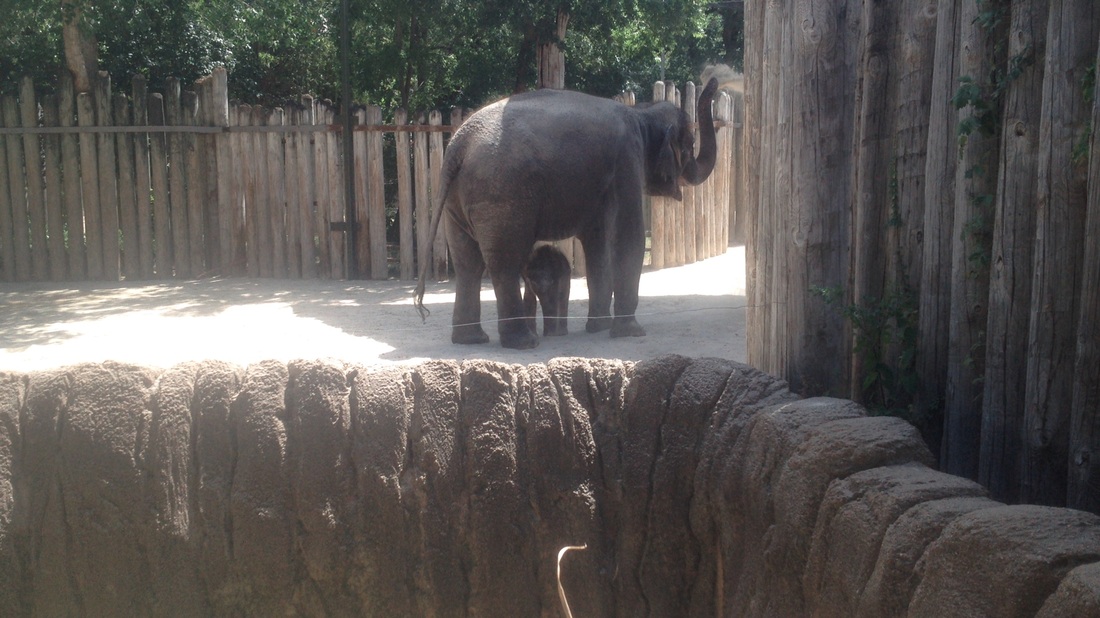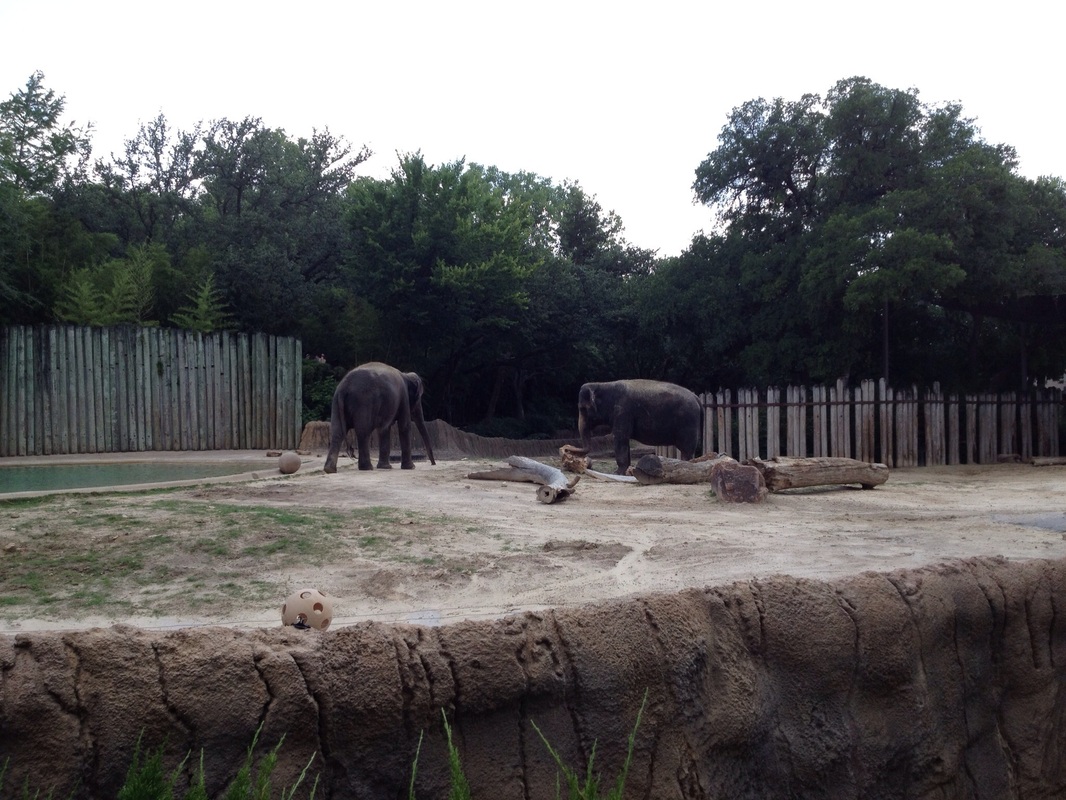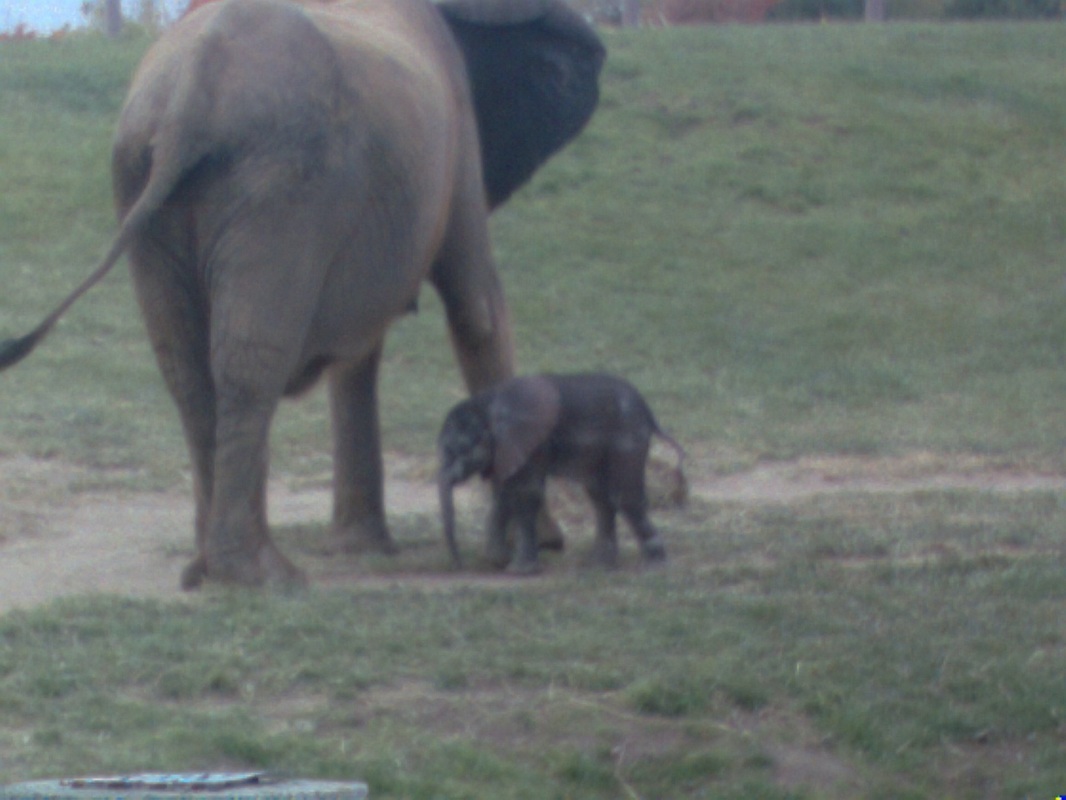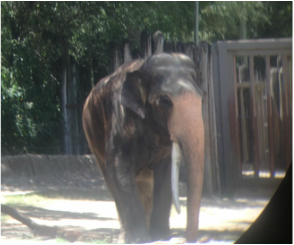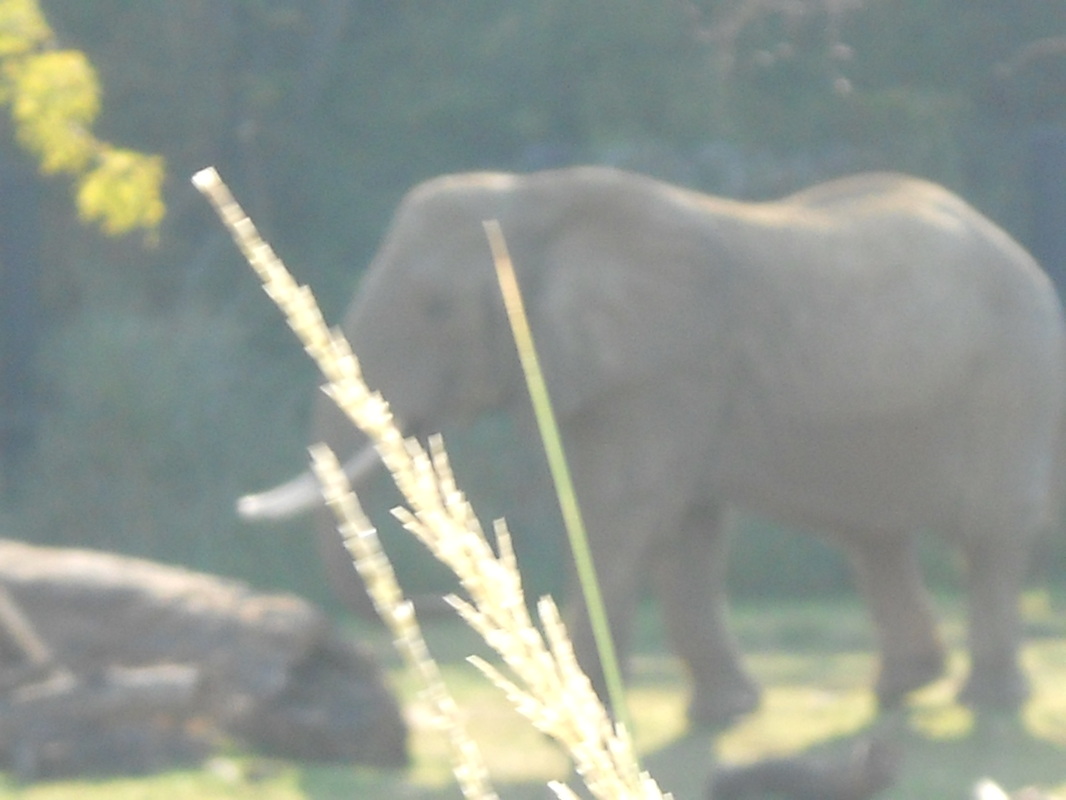Elephantidae
Elephantidae is the only living family in the order Proboscidea. There are two or three species of living elephants, depending on the classification, divided among two genera. The genus Loxodonta is restricted to sub-sahara Africa while the genus Elephas live in Asia. Historically the African elephant has been classified as one species with two subspecies the Forest Elephant (L. a. cyclotis) and the African Bush Elephant (L.a. africana). Today DNA and taxonomical evidence has led to an almost universal acceptance of two separate species. However since both the IUCN and CITES treat them as a single species that is how they will be treated here.
Besides the great size the two most defining characteristics of elephants are the trunk and the teeth. The trunk is a elongation and joining of the nose and upper lip. It is an amazing combination of strength and dexterity. The trunk contains over 100,00 muscles and no bone nor cartilage. Elephants can pick up objects as small as a needle and as heavy as 770 lb. The trunk is used to gather father food, smell, communicate, breathe, pick up water to drink and as a weapon.
The elephants dental arrangement is also unique. the dental formula is 1033/0033 with the incisors forming the tusk. The cheek teeth, premolars and molars are not replaced vertically like other mammals but rather horizontally throughout its lifetime. The cheek teeth move forward as the elephant ages and are replaced by new teeth growing in from the rear. The tusk can reach a length of 128 inches and weigh up to 226 lb.
Besides the great size the two most defining characteristics of elephants are the trunk and the teeth. The trunk is a elongation and joining of the nose and upper lip. It is an amazing combination of strength and dexterity. The trunk contains over 100,00 muscles and no bone nor cartilage. Elephants can pick up objects as small as a needle and as heavy as 770 lb. The trunk is used to gather father food, smell, communicate, breathe, pick up water to drink and as a weapon.
The elephants dental arrangement is also unique. the dental formula is 1033/0033 with the incisors forming the tusk. The cheek teeth, premolars and molars are not replaced vertically like other mammals but rather horizontally throughout its lifetime. The cheek teeth move forward as the elephant ages and are replaced by new teeth growing in from the rear. The tusk can reach a length of 128 inches and weigh up to 226 lb.
